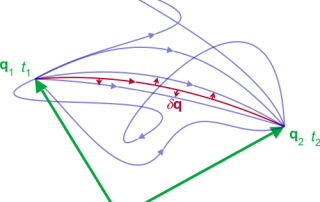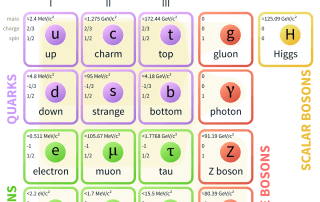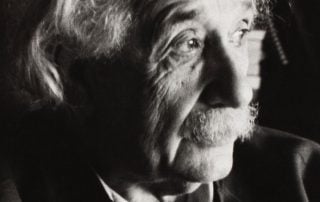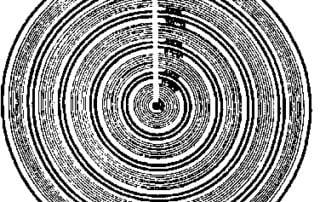G‑d, G‑dliness, Deity, Divine
Gazing at the Shekhinah
In his commentary on this week’s Torah Portion, Yitro, Rabbi Chayim Vital, writing in the name of his teacher, the Ari-zal, states that Abel was punished for gazing at the Shekhinah—the divine presence.[1] But what relevance does this have to the Torah portion retelling the greatest event in Jewish history (and, indeed, the history of human civilization)—the Sinaitic epiphany—the giving of the Torah? This is the Torah portion, where we read the Ten Commandments. What is the relevance of the sin of Abel to the Ten Commandments? More generally, what is Abel’s connection to this Torah portion? That is easy to understand. The Torah portion Yitro starts with the story of Jethro (Yitro), Moses’s father-in-law, coming to Moses in the Sinai desert with his daughter—the wife of Moses—and her two children. Rabbi Chayim [...]







